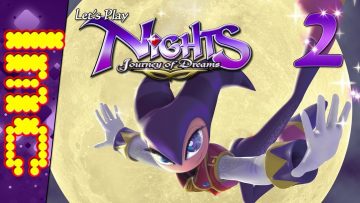
Iizuka: Sonic’s Transition To 3D “Largest and Most Important Evolution Over the Years”
An interview with many notable Sonic and SEGA figures went up on Polygon to mark the hedgehog’s 25th anniversary. Among them was Takashi Iizuka.
Iizuka spoke about Sonic Adventure and Sonic’s transition to 3D:
Takashi Iizuka, the current head of Sonic Team and also the director on Sonic Adventure, says Sonic’s transition into 3-D has been the character’s “largest and most important” evolution over the years, and he notes the redesign and inclusion of a voice “let us show many more expressions for his character … Part of this evolution of Sonic, we feel, has contributed to him surviving and remaining popular even after over 20 years.”
Christian Whitehead was also interviewed and spoke about the subject as well. The remarks were not quite as positive:
Christian Whitehead, hired by Sega to remaster the first two Sonic the Hedgehog Genesis titles for mobile by rewriting the game’s source code using his “Retro Engine,” believes that the character’s leap to 3-D had more of a detrimental effect on the series in the long run.
“I think the evolution has come by necessity,” Whitehead says, “starting with the obvious big change to 3-D, and then responding to various issues 3-D has presented in the subsequent titles.” As the years go on, and more games come out, Whitehead feels this change has shown cracks in its foundation.
“The impetus for Sonic’s redesign stemmed from a — perhaps misplaced — desire to continue to push Sonic as a AAA brand,” Whitehead continues.
Sonic Adventure started a trend in the franchise of including multiple playable characters or teams, shifting the series’ focus towards different types of action rather than simply speed.
“I felt [the other characters] were there more or less as padding and quickly overstayed their welcome when you were forced to play with them in games following the original Sonic Adventure,” he says.
This post was originally written by the author for TSSZ News.




![[ID: uJvarlgzsQc] Youtube Automatic](https://lastminutecontinue.com/wp-content/uploads/id-ujvarlgzsqc-youtube-automatic-360x203.jpg)

![Private: [ID: 8TU3kNz_e7s] Youtube Automatic](https://lastminutecontinue.com/wp-content/uploads/2020/05/private-id-8tu3knze7s-youtube-au-360x203.jpg)